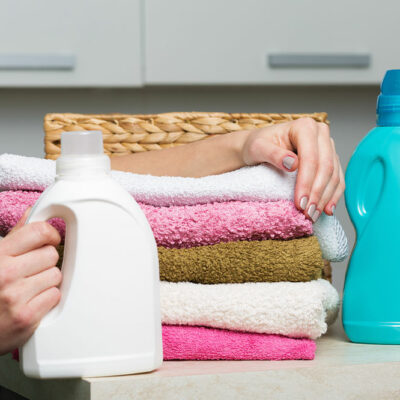
01
7 common spray foam insulation mistakes to avoid
In recent years, spray foam has proven to be a great insulating agent for homes. Like a multipurpose sealant, spray foams also belong to the category of practical repair and renovation tools, making it an ideal choice for homeowners who enjoy DIY projects. However, getting spray foam insulation done is a precision-based exercise, which is why one may make certain mistakes while doing it without professional assistance. Here are some spray foam insulation mistakes one must avoid: Neglecting proper ventilation Spray foam insulation tends to be half-baked unless proper ventilation is put in place to sort out certain issues. For example, without proper ventilation, the trapped air in the spray foam insulation layer leads to moisture buildup and condensation. These two problems lead to worse issues like mold growth on the wall and other surfaces where this insulation layer is applied. Mold growth not only compromises the insulation but is also incredibly unhygienic and can cause health issues for the occupants living or working in such a property. Heating the canisters too much Many people who apply spray foam insulation on their own believe that high temperatures on the canister will speed up the application process. However, this is a wrong notion. One must not heat the canisters beyond 100 degrees as that creates a risk of the canisters blowing off their caps and causing a huge, foam-filled mess all around. Ideally, the canister should be at room temperature when spraying it. If the insulation foam is being used in a place with cold temperatures, then one can use water tubs and multiple canisters to keep the foam from freezing. Using incorrect thickness Spray foam insulation works best when the person applying it uses the correct amount of material to create a thick insulation layer. Finding the right balance is key, as applying too little will lead to inadequate insulation (and creates air gaps and air seals), while spraying too much wastes resources and unnecessarily increases costs.
Read More 










